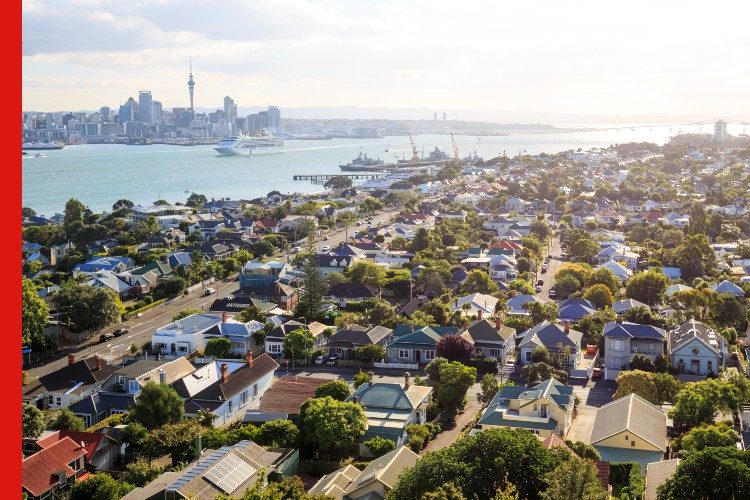
Two developments in October are likely in the medium term to contribute to house price rises eventually falling back to levels that are regarded as traditional, and acceptable.
The two developments are the rise in home mortgage lending rates and the agreement between the Labour and National parties to permit greater intensification of housing.
Neither are silver bullets or quick fixes. Rather they are slow burners that will contribute to the market price of housing progressively coming under control.
The rise in home mortgage rates will start to attack one of the major contributors to the current situation – the availability of cheap finance.
For the past few years, home mortgage interest rates have been at levels never previously experienced. In 2008 the floating rate was sitting around 11%, and then in the space of 12 months fell like a stone to under 7%. From then on, the trend has been forever down, bottoming at close to 4%.
That downward trend has now been broken, and the floating rate for most major trading banks is sitting just under 5%.
Rising interest rates are not something that will undermine current market prices immediately. Borrowers are still able to fix their mortgage rate for 5 years at rates comparable to the floating rate, giving them the ability to lock in their outgoings at today’s level.
Rather, rising rates will chip away people’s ability to go that extra mile when making the decision around “can I afford this home”.
Another major contributor to rising house prices is lack of supply, and this is the issue the alliance between Labour and National over housing policy will tackle.
It will lead to quicker approvals, and greater intensification through increasing height limits and ground coverage. It will prove to be a move that will over the long-term transform the way many people in urban areas live.
This country is a standout among countries with similar standards of living to ours in that within a few kilometres of central city areas the predominant form of housing is stand along dwellings surrounded by gardens.
Overseas, a far greater proportion of city dwellers live in high rise apartments.
Over the past few decades as land has risen in value, and as personal preference has started to change, apartments, town houses and terraced housing has become more popular.
We have seen the rise of retirement village living, planned communities which are small, concentrated townships, and an increase in apartment living along transport corridors, around shopping precincts and within the inner city. All have proved extremely popular with the broader community.
What Labour and National is doing is opening the way for high rise construction and greater intensification. It will force Councils to amend their current rules and regulations around housing, encourage developers to be more innovative and creative, and restrict the ability of neighbours to object to a development that they feel encroaches on their lives.
In many respects, the initiative was inevitable as our population has grown and the country becomes more cosmopolitan, lifestyle preferences change, and the pace of living intensifies.
There will be some that will feel threatened by the impending changes, but it will not be the death knell of suburban living.
Rather, over time, it will ensure that land values do not play such a major role in the cost of housing; it will give people a greater choice of living options; it will create the intensification that can make public transport more viable; and provide a population base that can support greater vibrancy within our inner cities.
What will be critical is that with intensification emphasis is placed on quality rather than price. Nothing will harm the appeal of a more intensive living environment than poor urban design, uninspired architecture and poor quality construction.
Related articles:
Opinion: New legislation will boost confidence in multi unit ownership
